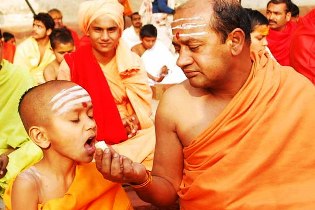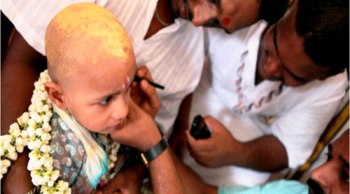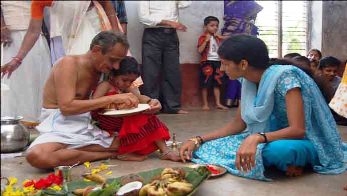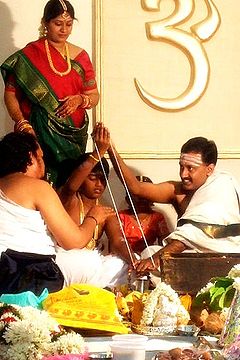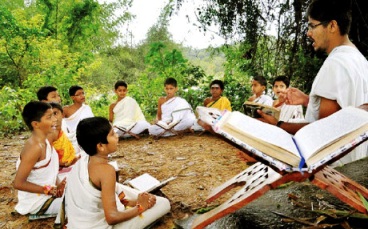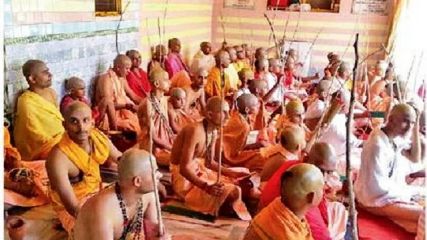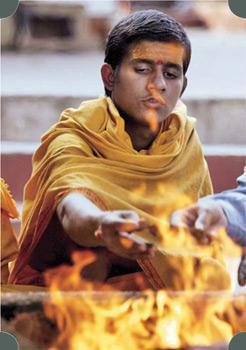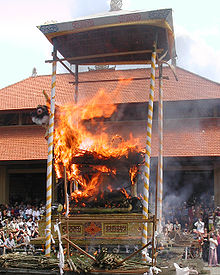ॐ
Introduction
The Samskāra are a series of Sacraments, Sacrifices and Rituals that serve as rites of passage and mark the various stages of the Human life and to signify entry to a particular Ashrama. All Human beings, especially the Dvija or twice-born are required to perform a number of sacrifices with oblations for gods, Ancestors and Guardians in accordance with the Vedic dictums for a Dharmic or righteous life.
Sanskar is a commonly used variant of the Sanskrit word 'Samskara' and signifies cultural heritage and upbringing in modern Hindi.
Apart from the practices, the word "Samskāra" is used in communication denoting the upbringing criteria of a Hindu. For example- It is said that a boy with good Samskāra does right and it is supposed that he will not fall in sin, i.e. Lust, Anger and Wine. It may be concluded that Samskāra is a word to denote the qualitative quality among Hindus.
Most Vedic rituals consist of Homa - fire scarifies of elaborate and intrinsic designs and complex methodology, accompanied by recitation of Vedas by qualified Priests in honor of a particular Demigod or god, fire offerings of various ingredients, gifts to be given in charity, presence of elders for blessings, amidst sanctified sacrificial grounds, sacred herbs and good omens. Each important milestone of a Human life is to be celebrated by undertaking a particular Samskara wherein the significance of that milestone is ritualistically conveyed.
The 16 Samskaras
Most of the Brahmins used to follow complex rituals in connection with major events in their lives, such as pregnancy, childbirth, education, marriage, and death. Although, the number of major samskaras fluctuates between 12 and 18 in the Grhya Sutras, later, it became 16 in number,[1] generally known as "Shodasha Samskaras" . They are illustrated below:






